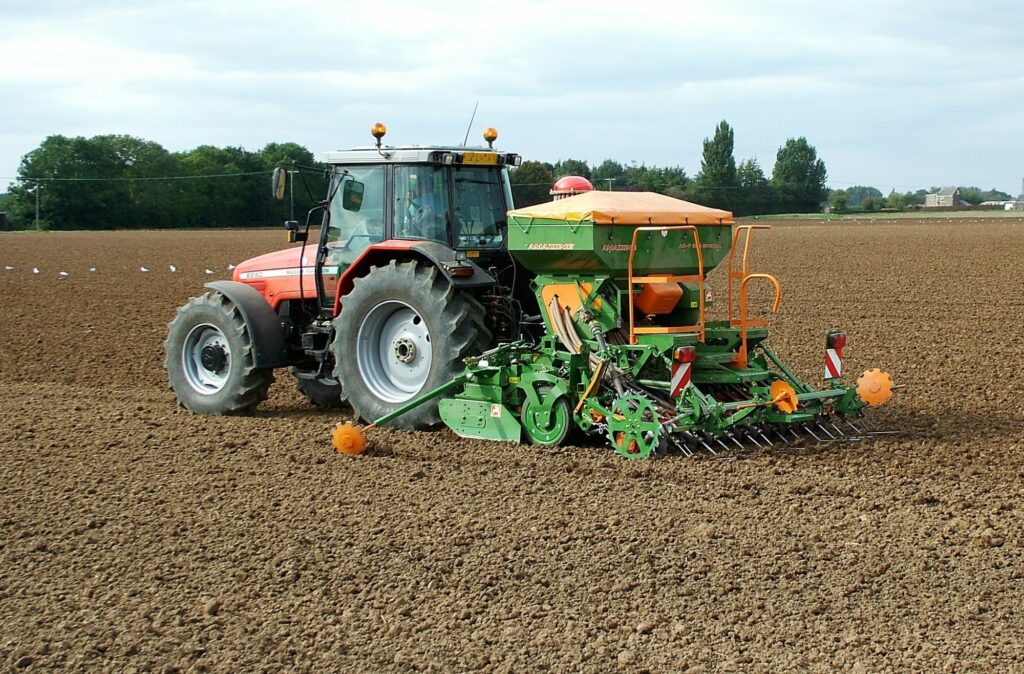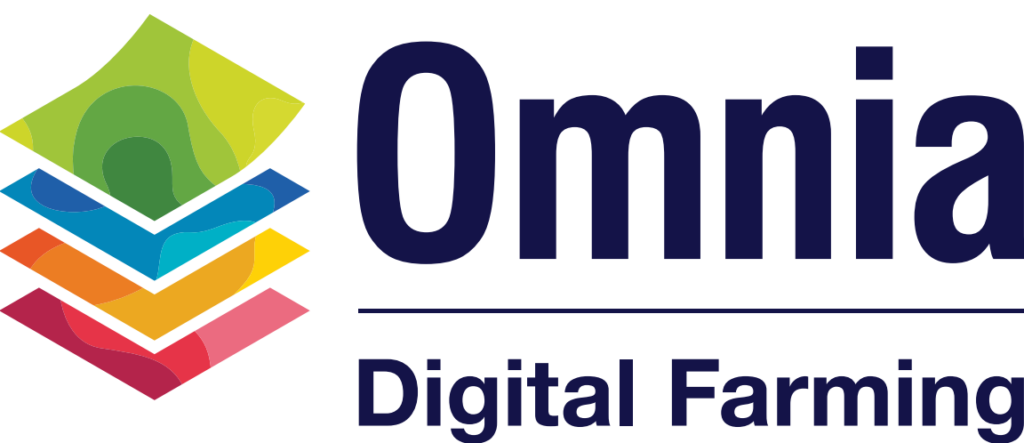New Machinery Tool provides in depth fixed cost analysis
Improving financial performance on combinable crops relies on a true and accurate understanding of fixed costs, says Will Foyle farm business consultant with Hutchinsons.
“Whilst a focus on yield is still important, understanding and being able to control overheads or fixed costs, is key to financial integrity. We know that a higher wheat yield improves financial output, however, it is a lower level of fixed costs that will make the greatest difference to performance/hectare,” he says.
Mr Foyle recognises this is a complex area as machinery depreciation costs are often misunderstood or incorrectly valued which can make a large impact on profit/hectare. “It can be difficult to clarify the metrics of depreciation of machinery, linked to areas worked and work rates for example, alongside the more visible labour and diesel costs.”
“You don’t receive a monthly statement for your fixed costs in the way you do for variable costs.”
As a business looking at costs of producing a crop is an area that Hutchinsons has been working towards making simpler. This began last spring with the launch of the Business Performance Module on the Omnia digital farming platform, which allows for retrospective calculation of the cost of production of field operations in both £/tonne, CO2/tonne or CO2/ hectare, based on a slider measurement for where those costs sit.
The new Machinery Tool takes this one step forward, providing a simple way of calculating actual and accurate operational machinery costs before committing to field operations, for individual farm businesses based on its own figures.
“This is done by breaking down all the components of cost related to running a particular piece of machinery to realise the true, not approximate, costs of operation,” explains Mr Foyle.
Within the Machinery Tool, depreciation ranges take in to account the age, value, areas/hours worked per annum, alongside servicing and repairs to give the fixed costs of a particular piece of machinery, so instead of an approximate figure being used as was previously the case, real costs can be inputted. Work rates alongside diesel and labour costs are then calculated giving a total cost per ha and per ha for running both the tractor and machine.

This cost can then be added into the virtual machinery shed in the Business Performance Module on the Omnia platform and when overlaid with yield and variable costs gives the real costs of producing a crop.
It is possible to use the tool to look at how invisible or fixed costs may be better managed. For example, if the depreciation cost is higher than anticipated is it that the capacity of the machine is greater than needed? Perhaps it is possible to run the machine for longer say six years rather than four?
Mr Foyle quotes an example of how a farm changing over from a mixed tillage system using a 2015 4m Vaderstad Rapid to a direct drilling regime with a new Claydon Hybrid.
Looking at what the Vaderstad is used for – it was retained for drilling 40ha of grass seed annually but alongside power unit fixed costs, fuel and labour the calculated depreciation of £1,680/annum across a small area meant this operation was now costing £66/ha as opposed to £27/ha when covering 200ha annually.
“So in this situation, a discussion around whether to keep the drill for flexibility purposes or sell and use a contractor for the grassland re-seeds, would be sensible.”
Helix host farmer, Thomas Todd, of Bareless Farm, Cornhill upon Tweed, Northumberland was one of the first to trial the new Machinery Tool.
“With the demise of the BPS it is more imperative than ever before to have an accurate figure for fixed costs. This is for two reasons, one just to know exactly what it is costing to grow a crop, but also for future planning and making decisions over cultivation changes and the implications of buying new machinery.
He used the machinery tool to look at the potential implications of moving from min-till to predominantly direct till. “We have been looking at going down the direct till route. Currently we min-till but this would require buying a new machine.
“What it showed was that the costs just didn’t play out, particularly as we would not be using it for 100% of our cultivations.”
“Thew tool has allowed us to look at using our machinery more efficiently, and we have even thought about dropping some cultivations, for example on the rape.”
“Using the Machinery Tool has certainly challenged our perception of which crops are the most profitable; for example, our spring barley can be as profitable as winter wheat, in terms of lower fixed costs, but also lower variable costs.”
“We are going to carry out the same exercise with other break crops and it will be interesting to see what comes out on top.”
“We are very fortunate as Helix farm hosts as we are privy to trialling exciting new tools and technologies to improve farm profitability and the Machinery Tool is the perfect example of this. We have found it straightforward and easy to use and invaluable to managing profitability going forward. It certainly challenges us against taking the approach ‘I’ve always done it this way so why change’.

